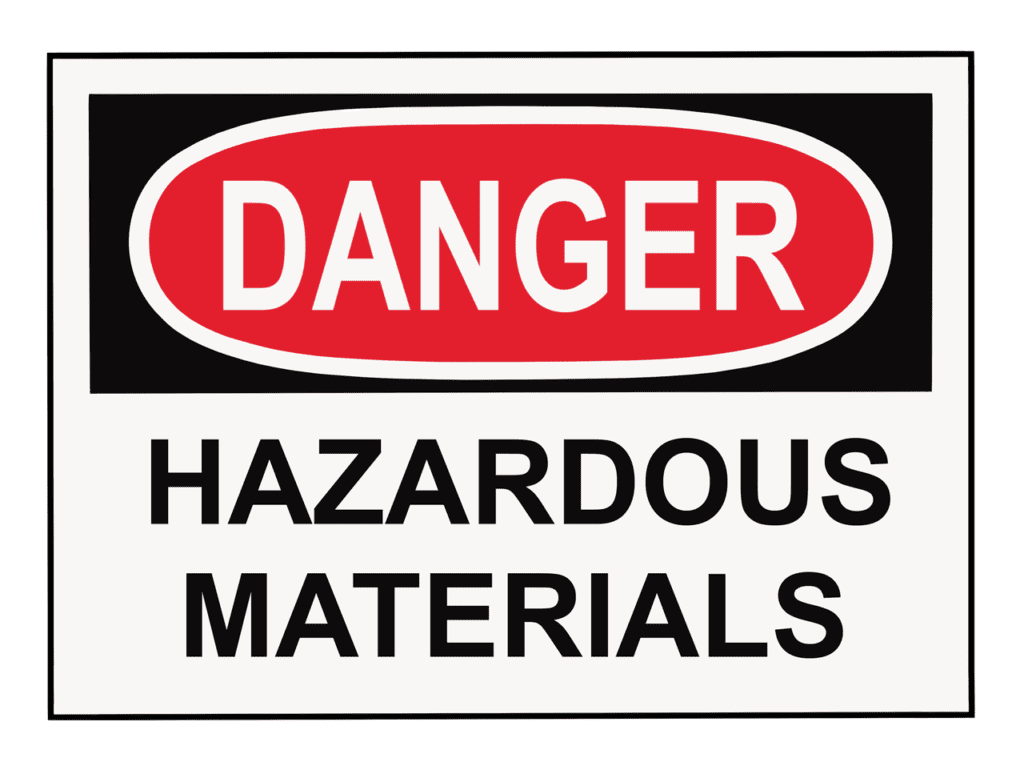Introduction
The European Union’s (EU) Ship Recycling Regulation (SRR) No 1257/2013 came into force in Dec 2013. The SSR (Art. 5 and 12) requirement which all MM Members need to be aware of is that they must have on board an approved Inventory of Hazardous Materials (IHM) together with a Statement of Compliance (SoC). This requirement will come into force on 1 Jan 2021 for all EU registered ships and for all foreign flag ships entering an EU port.
The IHM requirement will be enforced by EU PSC authorities. If an approved IHM and SoC is not available for inspection, this will be reported as a deficiency and a Member’s vessel may be ‘warned, detained or excluded’ (SSR Art 12. Para. 5). This Risk Bulletin is therefore designed to assist MM Members in understanding the requirements of EU regulation No 1257/2013 and ensuring that the requisite IHM and SoC documentation is in place before arrival at an EU port or anchorage.
Background
The EU SSR regulations are based on the text of the IMO Hong Kong Convention for the Safe and Environmentally Sound Recycling of Ships (HKC) 2009. The HKC required number of 15 flag state ratifications has now been reached but the two other requirements of 40% of world gross tonnage and a combined maximum annual ship recycling volume (during the preceding 10 years) of not less than 3% of their combined gross tonnage is yet to be attained.
It appears the EU was not prepared to accept on-going IMO member prevarication and therefore brought forward the requirements of the HKC – by implementation of the SRR – for the EU registered shipping fleet and all other flag state vessels visiting EU ports.
The EU’s SSR IHM requirement is based on the HKC IHM requirement. It should be noted that the EU have added two additional types of hazardous materials to the HKC IHM list to create the SSR 2013 IHM list for EU PSC inspection and reporting purposes.
Note: At the end of Oct 2020, the European Commission (EC) Risk Bulletin advised EU member states that, in view of Covid-19 related delays, EU states may extend the IHM coming into force date from 1 Jan 2021 to 30 June 2021. The extension is subject to EC Guidelines which require the shipowner to prove that any delay in obtaining the IHM documentation required was in fact due to Covid-19 travel and access restrictions.
SRR IHM Guidance Overview
SRR IHM Guidance Publications
The European Safety Agency (EMSA) has created a detailed EMSA Guidance on Inventory of Hazardous Materials. Updated in 2018, it runs to 52 pages and is intended to assist preparation of the SSR 2013 required IHM documents. EMSA advise that the Guidance document is ‘recommendatory’ should be considered as a statement of ‘best practice’.
EMSA also advise of the necessity to refer to the IMO’s HKC Guidelines for the Development of the Inventory of Hazardous Materials (as contained in Res.MEPC.269(68) of 2015) as an integral part of SRR compliance.
SRR IHM Application
The EMSA Guidance confirms that the SRR applies to all EU member registered ships and all ‘third country’ (non EU) flag ships over 500 GT engaged on international voyages that visit EU ports. Further, that ‘all ships’, includes ‘all vessels of any type whatsoever operating or having operated in the marine environment’.
SRR IHM Format and Content
The IHM must be set out in three parts consisting of:
Part I: HM contained in ship structure or equipment and referred to in Annexes I and Annexes II of the SRR;
Part II: Operationally generated wastes; and
Part III: Stores.
The Hazardous Materials (HM) which are prohibited or restricted include Asbestos, Ozone Depleting Substances, Lead and Lead Compounds and Mercury and Mercury Compounds.
IHM Expertise and Consultancy
The detection and identification of all shipboard HM in relation to their precise locations and quantities is recognized by both the IMO and EMSA as being a complex process which requires special expertise, inclusive of HM sampling and laboratory analysis capabilities. This process is detailed at Appendix 3 of the IMO HKC Guidelines. As a consequence, EMSA advise that:
‘The ship owner or the shipbuilder may draw upon assistance by an IHM expert. This is strongly recommended for safety and health protection reasons and in order to have a minimum assurance that the work is carried out by competent personnel, under a quality management system and in accordance with [EMSA and IMO] recommended guidance…’
EMSA then define the terms ‘IHM expert’ and ‘IHM expert company’ and refer to the application of ISO 17020 competence and management standards and ISO 17025 laboratory accreditation standards. It therefore implicit that EMSA consider the engagement of appropriate experts as being essential to achieving SSR IHM compliance and subsequent certification by flag state authorities.
IHM Certification
EMSA advise that:
‘All ships flying the flag of a third [non EU] country, when calling at a port or anchorage of a Member State, shall carry on board a ship-specific ‘Statement of Compliance’ [SoC] issued by the relevant authorities of the third country whose flag the ship is flying or an organisation authorised by them [i.e. flag state RO] and supplemented by Part I of the IHM.’
The requisite flag state SoC will be issued in a format devised by the flag state. The IHM document itself should, as advised by EMSA, be set out in the IHM Standard Format as provided in Appendix 2 of the IMO’s HKC Guidelines.
Note 1: Most flag states, including ‘open register’ states, have issued their own advice on IHM certification, including provisions for the issue of provisional, interim or conditionals SoC documents by the register or their Recognised Organisations (ROs). An ‘open register’ example is provided on the Panamanian Maritime Authority website.
Note 2: A number of IACS Classification Societies, including Lloyds Register and DNV GL, advertise the availability of independent HM experts to complete the IHM assessment as well as their Class ability, as flag state ROs, to issue the requisite IHM and SoC documents.
Conclusion and Takeaway
The 1 Jan 2021 enforcement date impact of the EU SRR and its IHM requirement (with a possible extension to 30 June 2021) will apply only to MM Members whose vessels are trading into or anchoring within EU port limits. It is anticipated that many of those Members will have already completed the necessary work to ensure that their vessels are EU SRR IHM compliant, inclusive of obtaining the requisite certification.
For Members who are impacted but have not yet taken action, time is now very short in which to comply. Accordingly, no time should be lost in conferring with flag state in order to meet EU SRR IHM requirements and avoid the potential for EU PSC detention or exclusion for failing to do so. The potential for an associated loss of charter income or freight revenue due to delay must also not be forgotten.
The EU SRR and its IHM requirement are complex and no probably costly in that expert advice and assistance appear necessary to accomplish operative compliance. The upside is that compliance with the EU SRR is effectively equivalent to compliance with the requirements of the HKC. Thus, when the HKC ultimately does come into force, any vessel which is already EU SRR and IHM compliant will likely find that obtaining an HKC IHM SoC from their flag state will prove to be little more than a low cost formality.


